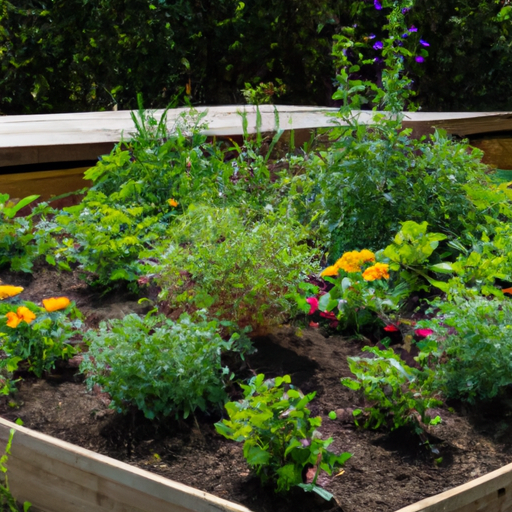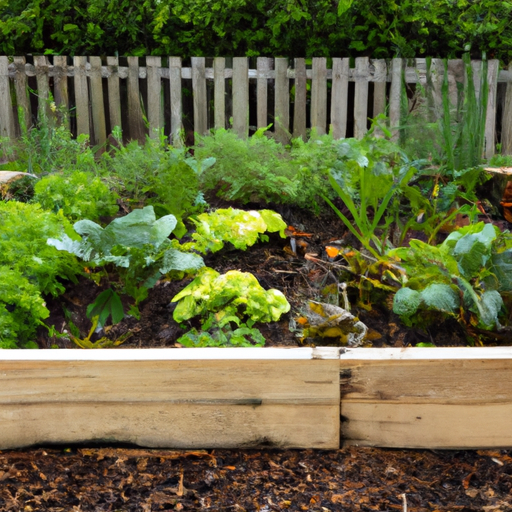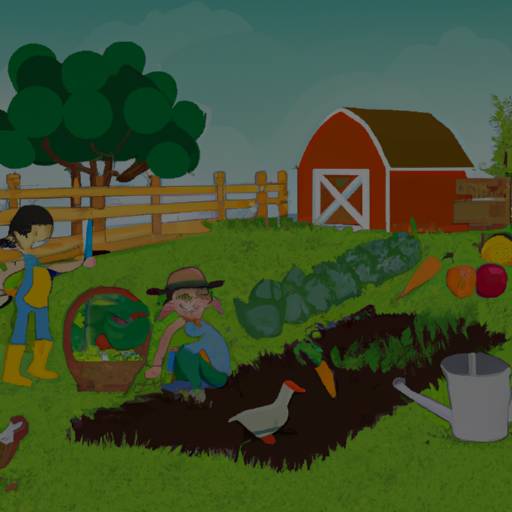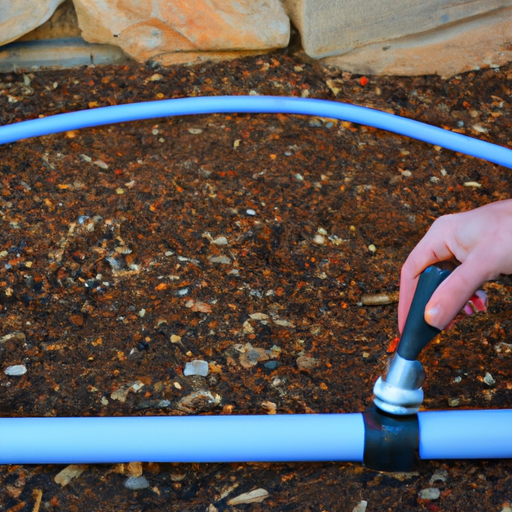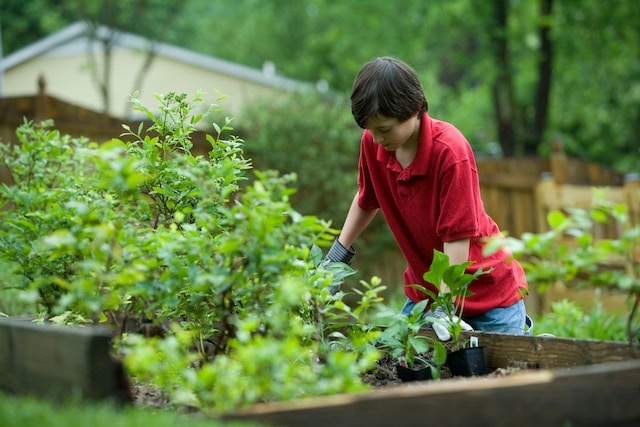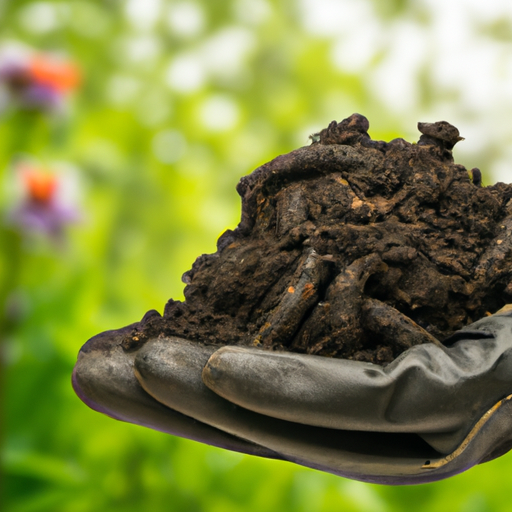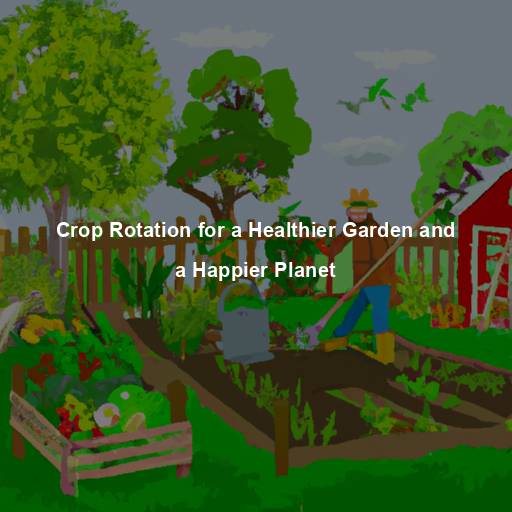As a Master Gardener, I have found that pairing vegetables with companion plants is an essential aspect of growing a healthy and thriving garden.
Companion planting involves selecting specific plant combinations that will benefit each other’s growth by enhancing soil fertility, deterring pests and diseases, and improving overall health.
By utilizing companion planting techniques in your vegetable garden, you can create a natural ecosystem where the plants work together to provide mutual benefits for one another. This approach not only reduces the need for harmful pesticides but also enhances biodiversity and encourages beneficial insects such as bees and butterflies to visit your garden.
In this article, we will explore some of the best companion plants for common vegetables grown in home gardens and how they can improve the health and yield of your crops.
Understanding The Benefits Of Companion Planting
Gardening is a rewarding activity that provides not only fresh produce but also relaxation and satisfaction.
To maximize the benefits of intercropping, it’s crucial to understand how companion planting works. This technique involves selecting compatible plants that can enhance each other’s growth and ward off pests and diseases naturally.
By choosing complementary vegetables, gardeners can create a thriving ecosystem where plants support one another in various ways. The benefits of companion planting go beyond improving soil health or yield; it promotes biodiversity, attracts beneficial insects, reduces weed growth, and enhances flavor profiles.
Therefore, mastering the art of selecting compatible plants will undoubtedly pay off in terms of healthier crops and more robust yields without relying on synthetic fertilizers or pesticides.
Best Companion Plants For Tomatoes
Now that we’ve established the benefits of companion planting, it’s time to focus on the best companions for tomatoes.
Two great options are basil and marigolds. Basil repels pests like flies and mosquitoes while enhancing tomato flavor, making it a perfect pairing.
Marigolds also deter harmful insects and can improve soil health with their natural fungicidal properties.
Tomatoes can also be intercropped with lettuce and spinach, which will not only provide additional harvestable crops but also help conserve moisture in the soil.
Consider planting these combinations in your garden to promote healthy growth and keep pests at bay without relying on chemical pesticides.
Remember, choosing compatible plants is key to maximizing yields and reducing crop damage from pest infestations or disease outbreaks.
Companion Plants For Carrots And Beans
Like a happy marriage, companion planting involves finding the perfect match between vegetables and their plant partners. Carrots and beans are no exception to this rule. By pairing these two garden favorites with the right companions, you can create a thriving ecosystem that will lead to healthy growth and bountiful yields.
As a Master Gardener, I recommend using marigolds as one of your carrot’s best friends in the garden. Marigold benefits include repelling harmful insects like nematodes while also attracting beneficial pollinators such as bees and butterflies.
Another excellent partner for both carrots and beans is nasturtiums. These beautiful flowers not only add aesthetic charm to your garden but can also deter pests like aphids and whiteflies from ruining your crops.
So why not try incorporating some marigolds or nasturtiums into your next vegetable bed? You’ll be amazed at how quickly they become indispensable members of your gardening community.
Using Herbs As Companion Plants
Companion planting is an effective way to promote healthy growth in your vegetable garden, and using herbs as companion plants can offer a variety of benefits. Herbs are not only great for adding flavor to your dishes, but they also help repel pests that may harm your vegetables. Using herbs for pest control is a natural alternative to chemical pesticides and herbicides, making it both eco-friendly and cost-effective. Some common herbs used for this purpose include basil, chamomile, chives, lavender, mint, rosemary, sage, and thyme.
In addition to their pest-repelling properties, herbs can complement the flavors of certain vegetables when planted together. For example, carrots pair well with dill or parsley while beans benefit from the presence of cilantro or marigold. By incorporating complementary herb flavors into your vegetable dishes, you can elevate the taste profile of your meals while reaping the rewards of healthy plant growth.
To better understand which herbs work best with specific vegetables as companion plants, refer to the table below:
| Vegetable | Complementary Herb |
|———–|——————–|
| Carrots | Dill or Parsley |
| Beans | Cilantro or Marigold|
By following these guidelines and experimenting with different combinations of herbs and vegetables in your garden bed, you’ll be on your way to creating a thriving ecosystem where everything grows harmoniously together. Happy gardening!
Creating A Successful Companion Planting Garden
Did you know that companion planting can increase crop yield by up to 40%? Imagine a garden filled with lush green plants, overflowing with ripe vegetables ready for harvesting.
To create a successful companion planting garden, maximizing space and choosing the right soil are crucial steps. Here are four tips from a Master Gardener:
1) Choose plant companions wisely – certain plants have natural abilities to ward off pests or attract beneficial insects.
2) Plan ahead and group compatible plants together – this not only saves space but also promotes healthy growth.
3) Pay attention to soil pH and nutrient levels – different vegetables require specific conditions for optimal growth.
4) Rotate crops each season – this helps prevent soil-borne diseases and maintains soil fertility.
Remember, a successful companion planting garden requires careful planning and ongoing maintenance, but the results are well worth it. With these tips in mind, let your imagination run wild as you plan your own bountiful garden oasis.
Frequently Asked Questions
Can Companion Planting Prevent Pest Infestations In My Vegetable Garden?
Can companion planting prevent pest infestations in your vegetable garden?
Absolutely! By using natural pest control methods, such as companion planting techniques, you can keep pests at bay without the use of harmful chemicals.
Companion plants are strategically planted alongside vegetables to help deter pests and attract beneficial insects that prey on them. For example, marigolds are a popular companion plant for tomatoes because they emit a scent that repels nematodes, while also attracting ladybugs which eat aphids.
Similarly, basil is often paired with peppers to help repel thrips and spider mites. With proper planning and implementation of companion planting techniques, you can create a healthy ecosystem in your garden that naturally prevents pest infestations.
Are There Any Vegetables That Should Not Be Planted Together As Companions?
Ah, the art of companion planting! While it can be a helpful technique for promoting healthy growth and preventing pest infestations in your vegetable garden, there are some drawbacks to consider.
Specifically, planting incompatible vegetables together as companions can have negative effects on their growth and overall health. As a Master Gardener, I always recommend doing thorough research before pairing plants together.
Some common examples of vegetables that should not be planted together include tomatoes with potatoes or fennel with beans. So while companion planting can certainly benefit your garden, it’s important to keep these potential drawbacks in mind to ensure optimal results.
How Can Companion Planting Improve Soil Quality In My Garden?
To improve soil quality in your garden, consider using compost tea and practicing crop rotation.
Compost tea is a nutrient-rich liquid that can be applied to the soil or sprayed onto plants as a foliar feed. It helps to increase beneficial microorganisms in the soil, which aids in plant growth and health.
Crop rotation involves planting different crops in different areas each year, which helps prevent soil-borne diseases from building up over time.
Additionally, green manure and cover crops can also help improve soil fertility by adding organic matter and nutrients back into the soil.
By implementing these techniques, you can create a healthy environment for your plants to thrive in.
Can Companion Planting Increase The Yield Of My Vegetable Garden?
Can companion planting increase the yield of your vegetable garden?
Absolutely! The benefits of companion planting go beyond just enhancing soil quality.
By pairing vegetables with their best companion plants, you can improve pollination rates and reduce pest infestations.
For example, planting basil near tomatoes has been shown to improve tomato flavor and deter pests like whiteflies.
Similarly, interplanting beans with corn helps fix nitrogen in the soil, which is essential for healthy plant growth.
Knowing the best companion plants for different types of vegetables is key to maximizing your garden’s yield and keeping your plants healthy without relying on harmful pesticides or fertilizers.
Are There Any Companion Plants That Can Improve The Flavor Of My Vegetables?
As a Master Gardener, I am often asked about companion planting benefits.
One of the most popular questions is whether there are any companion plants that can improve the flavor of vegetables.
The answer is yes!
Best companion plant pairs for flavorful vegetables include basil with tomatoes, dill with cucumbers, and sage with beans.
These pairings not only enhance the taste but also provide natural pest control and nutrient sharing between plants.
So next time you’re planning your vegetable garden, consider these companions to take your culinary experience to the next level.
Conclusion
In conclusion, my fellow gardeners, companion planting is a powerful tool that can help us achieve healthy and bountiful vegetable gardens.
By carefully selecting plants that complement each other’s growth habits, we can prevent pest infestations, improve soil quality, and increase yields of our beloved vegetables.
Think of it like creating a harmonious orchestra in your backyard – each plant playing its unique melody while supporting the others to create a beautiful symphony of growth.
So let us embrace this ancient gardening technique with open arms and watch as our gardens thrive with vitality and abundance.
Happy planting!
